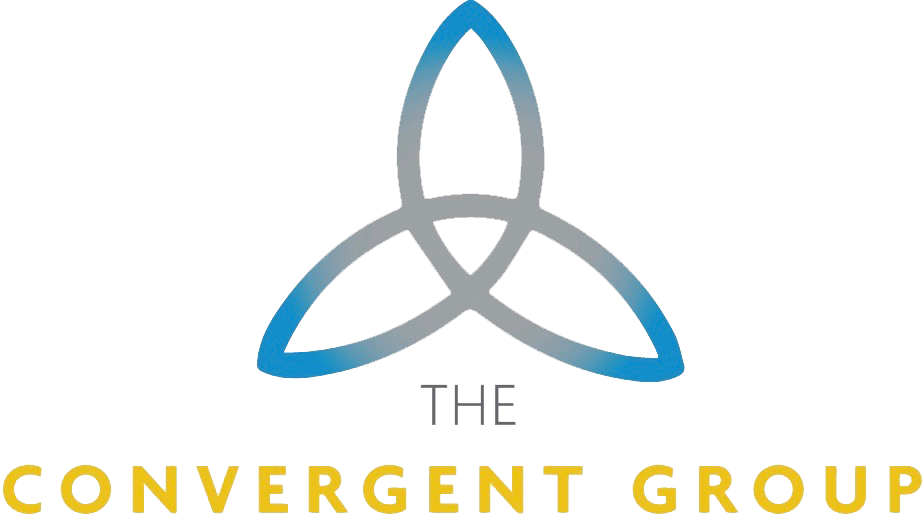I recently had a CEO share that he didn’t feel that compensation for his business development managers was well aligned with corporate revenue goals and customer acquisition targets.
Creating effective incentive programs that engage and reward employees requires a detailed analysis of your workforce’s needs, company culture, and objectives. It’s important to analyze your employees’ needs, preferences, and motivations to understand what drives them to perform better. Choose incentives that align with your organizational goals and culture.
It is critical to establish measurable criteria that employees must meet to earn incentives. Make sure these metrics are achievable, relevant to the objectives, and fair for all employees. Clear metrics also help in tracking progress and determining the success of the program.
Not all incentives are monetary. Below are examples that can assist in creating a culture that rewards excellence.
- Recognition and Appreciation:
- Employee of the Month/Quarter: Recognize outstanding performance with a title, a certificate, and a dedicated parking spot or office space.
- Shout-outs: Use company-wide communication platforms to publicly acknowledge employees’ achievements.
- Thank-you Notes: Encourage managers to write personalized thank-you notes to employees who excel.
2. Monetary Rewards:
- Performance Bonuses: Tie financial rewards to specific, measurable performance goals achieved by employees.
- Profit-Sharing: Share a portion of company profits with employees based on their contribution.
- Spot Bonuses: Surprise employees with unexpected cash rewards for exceptional efforts.
3. Professional Development:
- Education Reimbursement: Offer to reimburse employees for expenses related to job-related courses, workshops, or certifications.
- Skill Development: Provide access to online learning platforms or workshops to help employees upskill or learn new skills.
4. Flexible Work Arrangements:
- Remote Work Options: Offer the flexibility to work from home, allowing employees to better balance their personal and professional lives.
- Flexible Hours: Allow employees to choose their working hours within certain boundaries.
5. Wellness Initiatives:
- Wellness Challenges: Organize fitness challenges, steps competitions, or wellness goals, with rewards for participants.
- Health Benefits: Offer discounts on gym memberships, wellness programs, or health insurance premiums for participating employees.
6. Employee Referral Programs:
- Referral Bonuses: Reward employees who refer qualified candidates that are hired by the company.
- Multi-Tier Rewards: Offer escalating rewards for multiple successful referrals from the same employee.
7. Social Events:
- Team-Building Activities: Organize team outings, workshops, or team-building games to foster camaraderie.
- Office Celebrations: Celebrate birthdays, work anniversaries, and milestones with small parties or gatherings.
8. Special Projects or Opportunities:
- Leadership Opportunities: Provide employees with chances to lead projects, mentor others, or take on new responsibilities.
- High-Impact Projects: Involve employees in strategic projects that have a visible impact on the company’s success.
9. Personalized Rewards:
- Choice-based Rewards: Allow employees to choose from a list of rewards that suit their interests (gift cards, travel vouchers, etc.).
- Customized Gifts: Offer personalized gifts to acknowledge specific accomplishments or efforts.
10. Long-Term Incentives:
- Stock Options: Provide employees with the opportunity to own a stake in the company through stock options.
- Performance Shares: Reward employees with company shares based on achieving long-term performance goals.
Remember, the key to a successful incentive program is tailoring it to your company’s culture and the preferences of your employees. Regularly collect feedback, analyze the program’s effectiveness, and adjust as needed to ensure it continues to engage and motivate your workforce.

